Deputy Prime Minister Tran Luu Quang has just signed a Decision approving the Crop Development Strategy to 2030, with a vision to 2050.
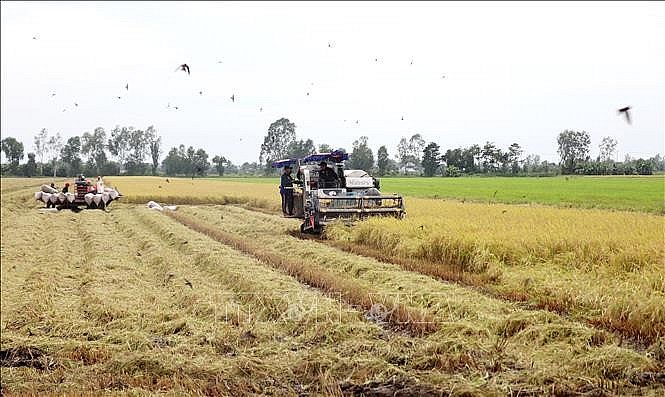 |
The strategy aims to maintain a stable area of 3.56 million hectares of rice-growing land, of which 3 million hectares are specialized in wet rice cultivation, with an output of over 35 million tons of rice, as the core to ensure national food security, meeting the needs of consumption, processing, storage and export. Photo: Thu Hien/VNA |
Accordingly, the Strategy sets a specific goal that by 2030, the average growth rate of crop production value will be 2.2 - 2.5%/year; the average growth rate of added value of crop product processing industry will be 8 - 10%/year.
The rate of production area using good agricultural practices (VietGAP and equivalent...) is 10 - 15%, organic cultivation is 1%. The rate of value of crop products produced under the forms of cooperation and association reaches 30 - 35%.
Export turnover of agricultural products reached over 26 billion USD. Average product value on cultivated land reached 150 - 160 million VND/ha.
By 2050, cultivation will become a modern technical economic sector, among the top in the region and the world. Cultivation products are produced according to high-tech agriculture, organic agriculture, food safety and environmental friendliness. Vietnam is a deep processing center of world agriculture.
The strategy identifies rice production development in concentrated planning areas with synchronous investment in transport infrastructure, irrigation, and logistics.
Maintain the area of 3.56 million hectares of rice land, of which 3 million hectares are specialized in wet rice cultivation, with an output of over 35 million tons of rice, as the core to ensure national food security, meeting the needs of consumption, processing, storage and export. Of which, specialty and high-quality rice accounts for 85 - 90%, rice used for processing accounts for 10 - 15%.
For vegetables, increase the area and diversify the types and seasons to meet the rapidly increasing domestic and export consumption demand. Along with that, build clusters linking production with processing and consumption in localities and regions with large vegetable output. Develop safe vegetable production areas, focusing on ensuring traceability.
Regarding coffee, the Strategy also identifies accelerating the issuance of codes for growing areas and traceability of origin. Promoting processing and diversifying coffee products, especially deep processing to increase value and differentiate Vietnamese coffee, associated with building and developing the Vietnamese coffee brand.
The strategy also clearly states the goals, tasks, and solutions for rubber and pepper trees in our country. Reorganize production, form key fruit tree production areas focused on promoting the potential and advantages of ecological regions, associated with the development of processing factories and consumption markets. Prioritize the development of some fruit trees with advantages and consumption markets such as mango, banana, dragon fruit, pineapple, etc.
In 2023, Vietnam's total export turnover of agricultural, forestry and fishery products reached 53.01 billion USD . Among the 6 export items reaching over 3 billion USD, there are items in the cultivation industry including: Vegetables and fruits reached 5.69 billion USD, up 69.2% over the same period last year; rice 4.78 billion USD, up 38.4%; cashew nuts 3.63 billion USD, up 17.6%; coffee 4.18 billion USD, up 3.1%;
Source link



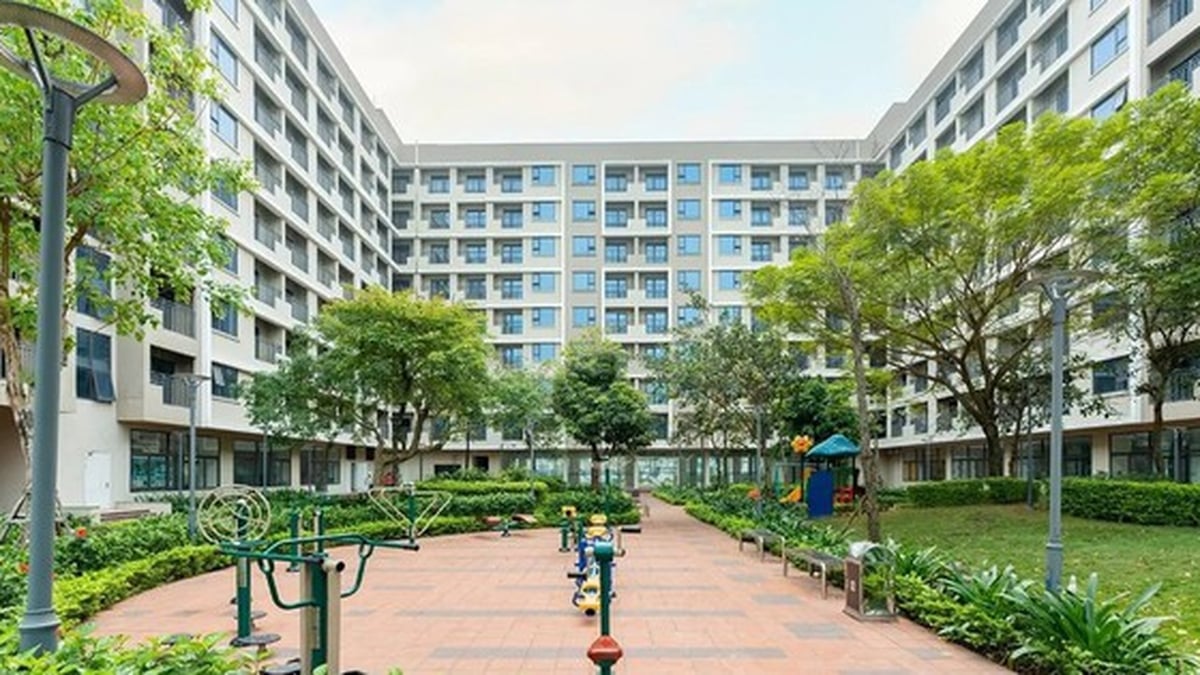

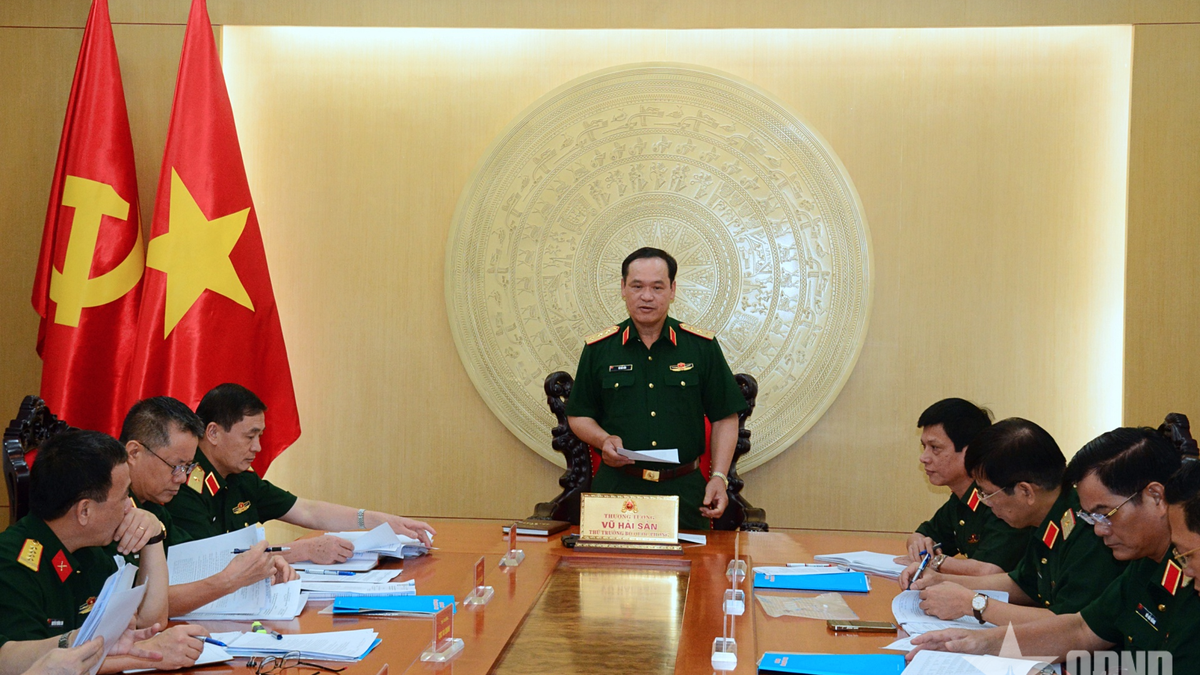
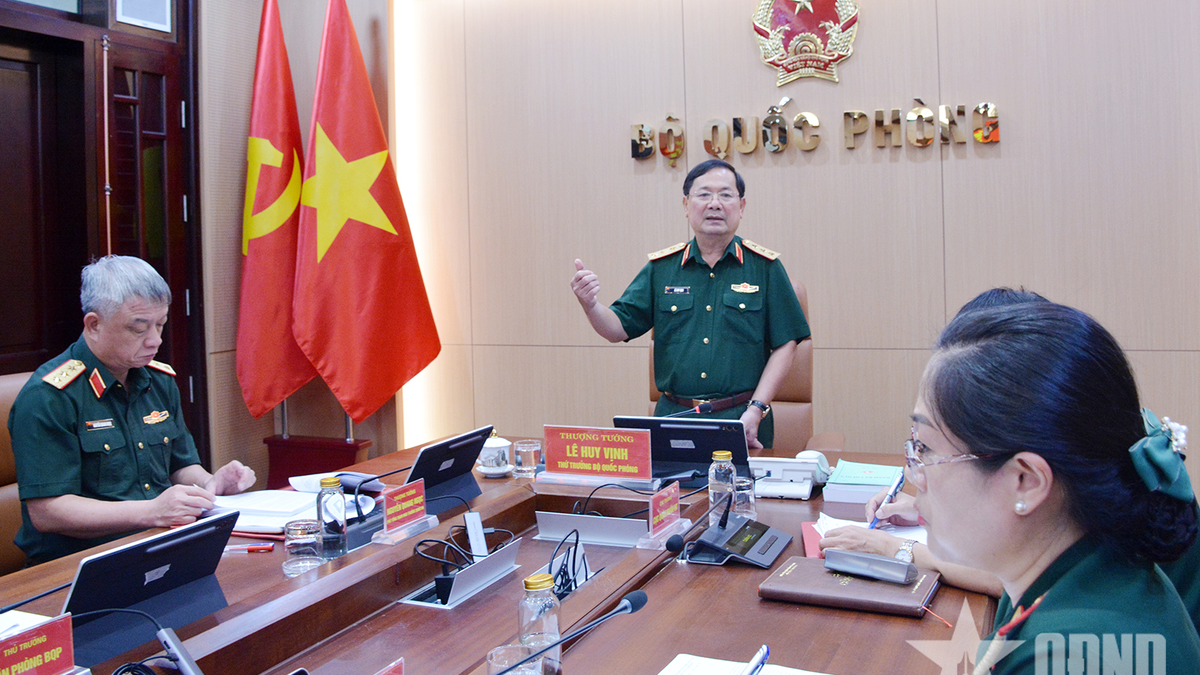
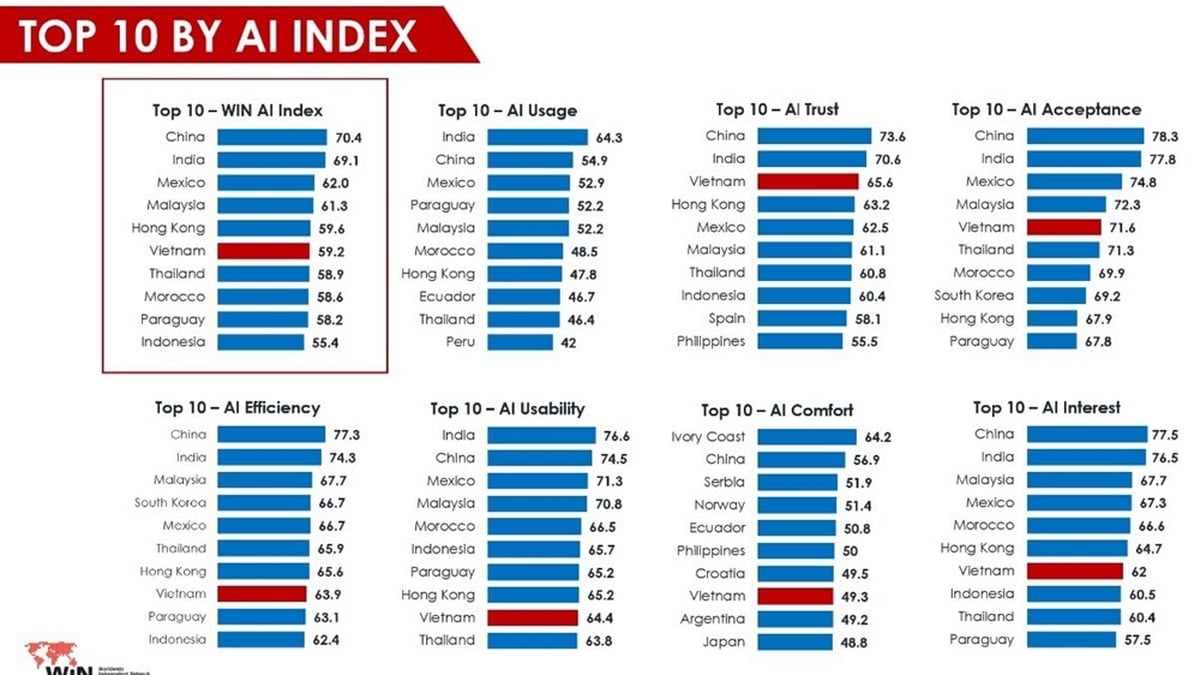


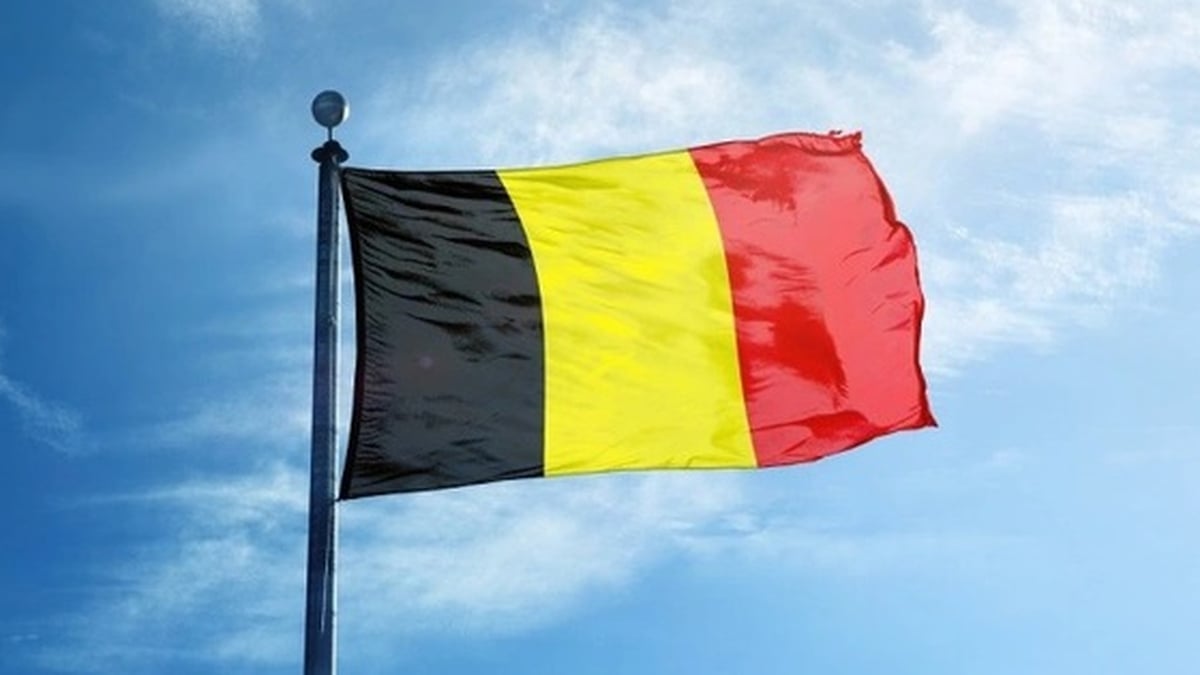













![[Photo] National Assembly Chairman Tran Thanh Man visits Vietnamese Heroic Mother Ta Thi Tran](https://vphoto.vietnam.vn/thumb/1200x675/vietnam/resource/IMAGE/2025/7/20/765c0bd057dd44ad83ab89fe0255b783)














































































Comment (0)